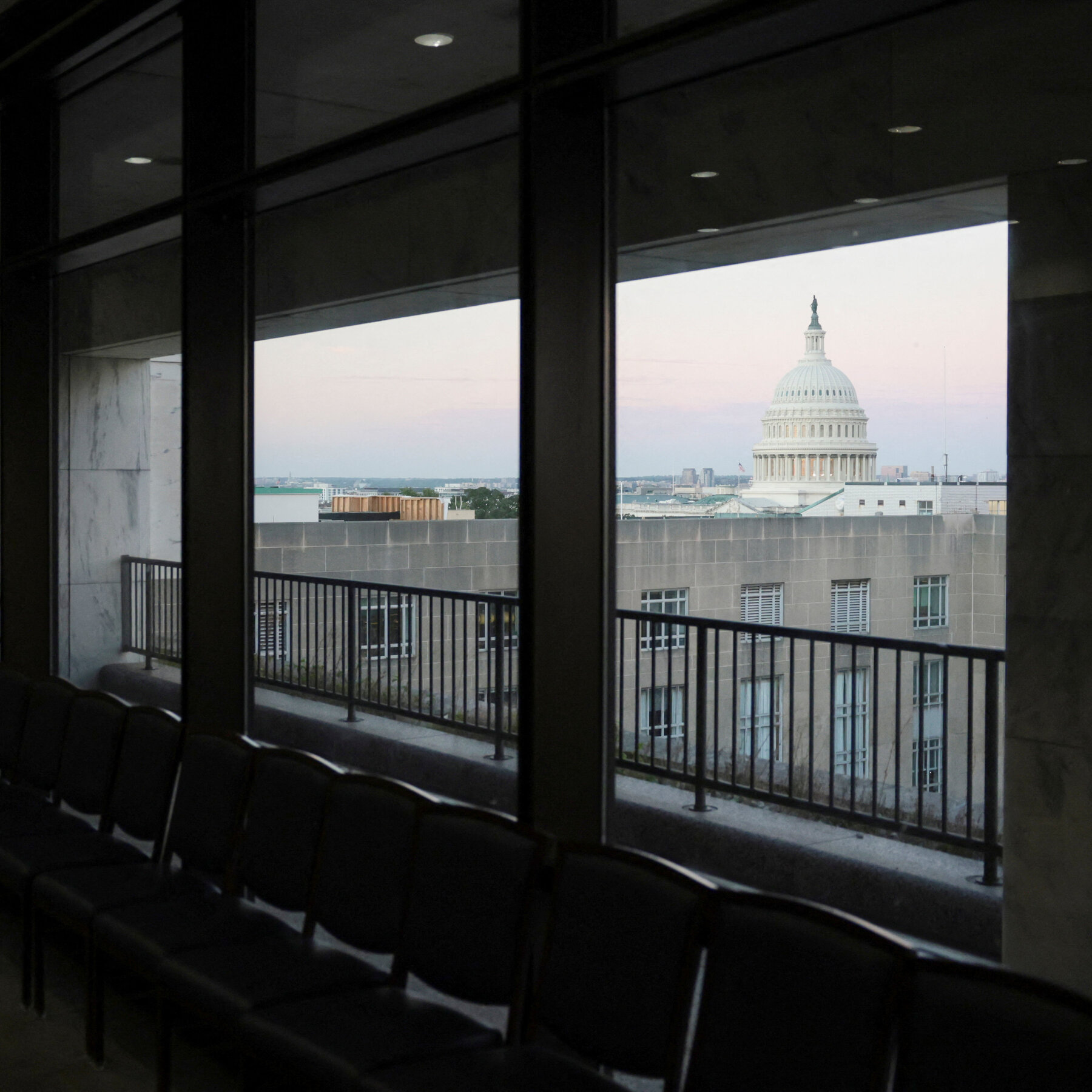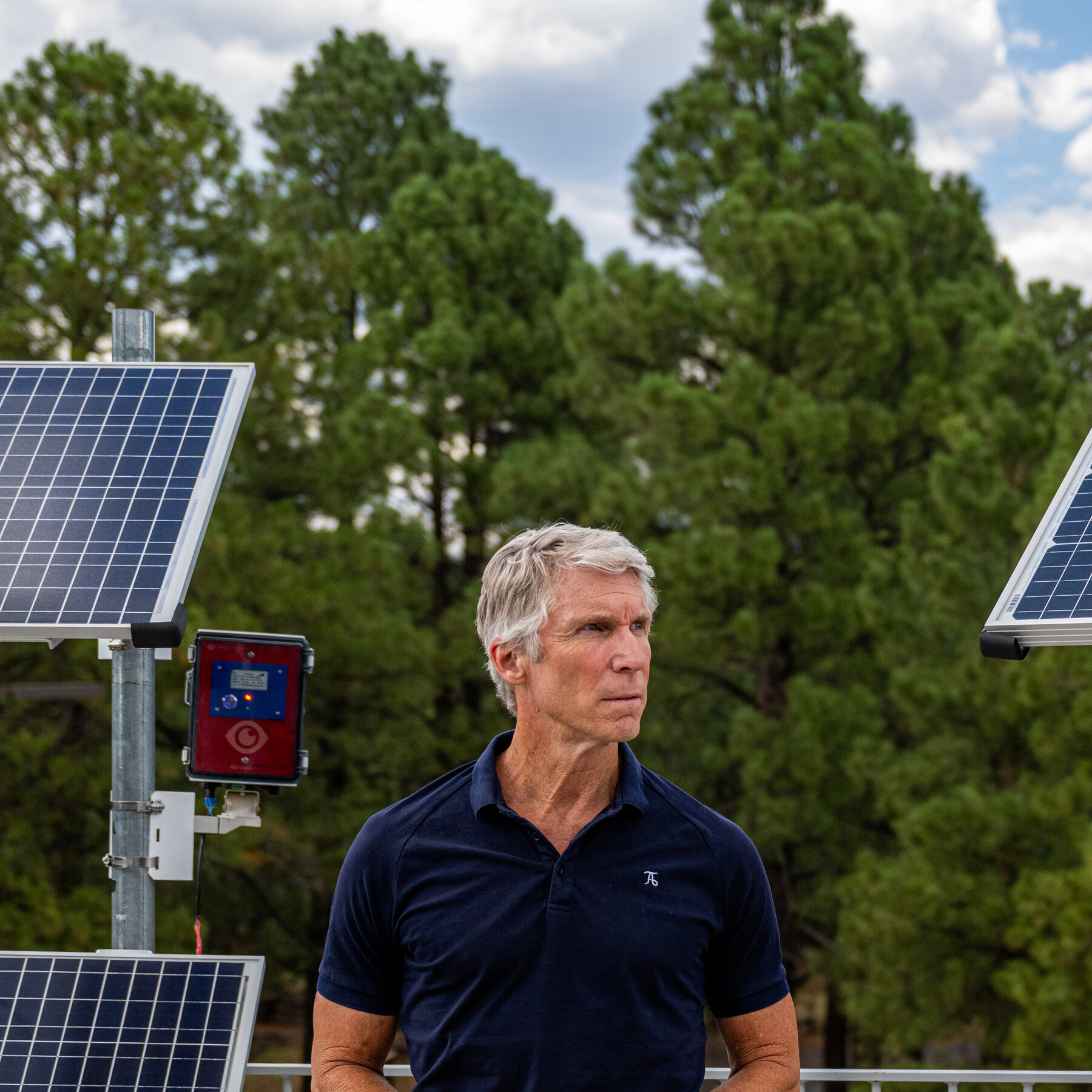Trump’s Push to End the Ukraine War Sparks a European Re‑assessment
From Exclusion to Influence in the 28‑Point Peace Blueprint
When former President Donald Trump first floated a 28‑point peace plan for Ukraine, European capitals were largely left out of the drafting process. The initial draft was criticized for its apparent pro‑Russian bias and for sidelining the strategic concerns of NATO allies.
Europe’s Strategic Counter‑offensive
Determined not to be mere by‑standers, European leaders have mobilised diplomatic resources to reshape the proposal. Through a series of high‑level meetings in Brussels, Berlin, and Warsaw, they have pushed for:
- Stronger guarantees of Ukraine’s territorial integrity.
- Enhanced sanctions on entities that continue to supply Moscow with military equipment.
- A clearer roadmap for post‑conflict reconstruction funded by the EU and its partners.
These adjustments aim to dilute the original plan’s pro‑Russia slant and to embed European security interests more firmly into any eventual settlement.
Early Signs of Success
So far, the effort appears to be paying off. Recent statements from the European Commission and NATO indicate that the revised draft is gaining traction among the broader diplomatic community. Analysts note that the inclusion of European perspectives has softened criticism from Kyiv and increased the likelihood of a multilateral endorsement.
What Lies Ahead
While the revised peace framework is still a work in progress, the episode underscores a shifting dynamic: Europe is no longer content to watch from the sidelines. As Trump continues to advocate for a rapid end to the conflict, European policymakers are positioning themselves to shape the final terms, ensuring that any settlement aligns with both Ukrainian sovereignty and the broader stability of the Euro‑Atlantic region.






